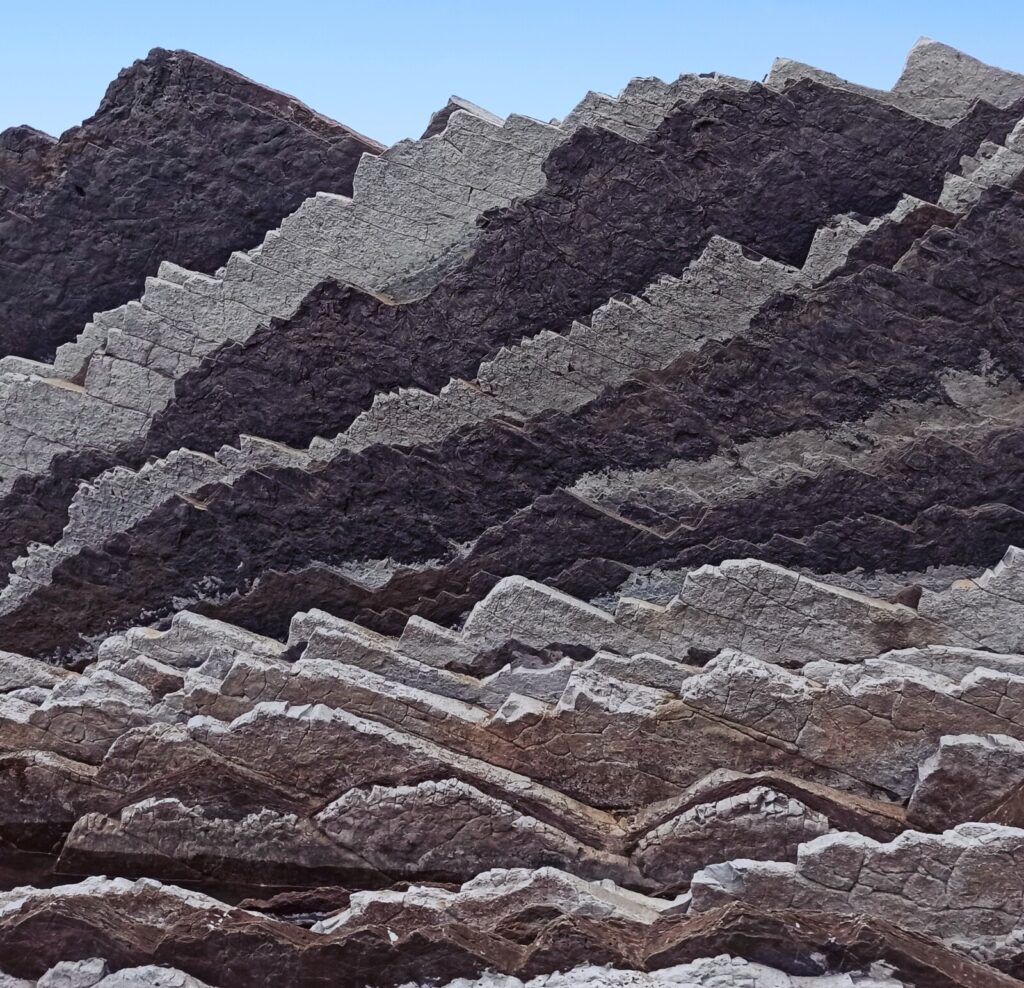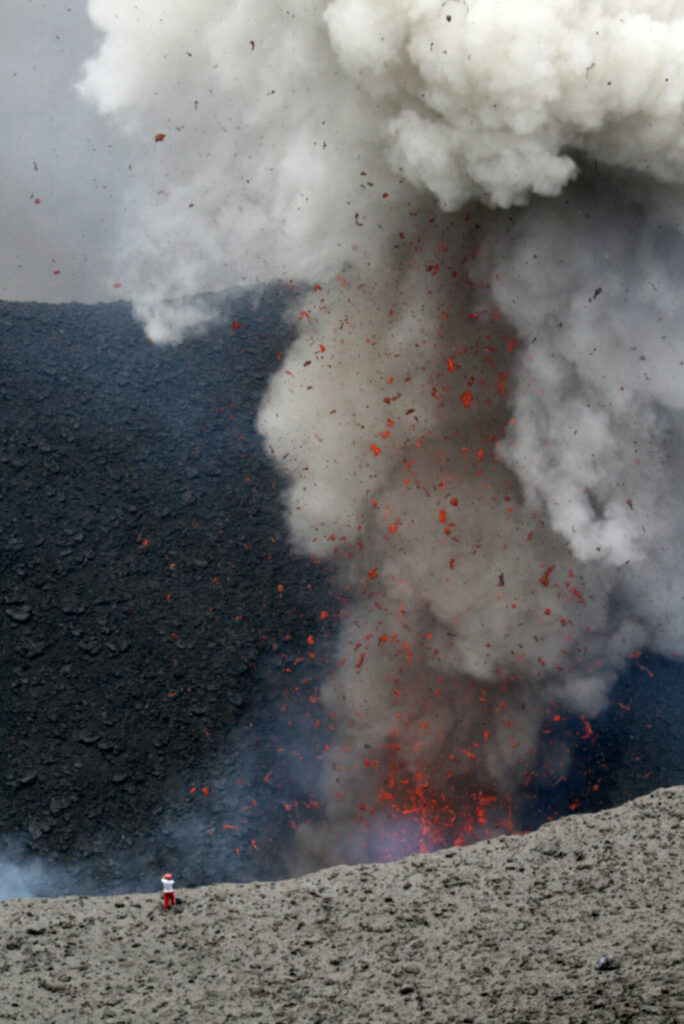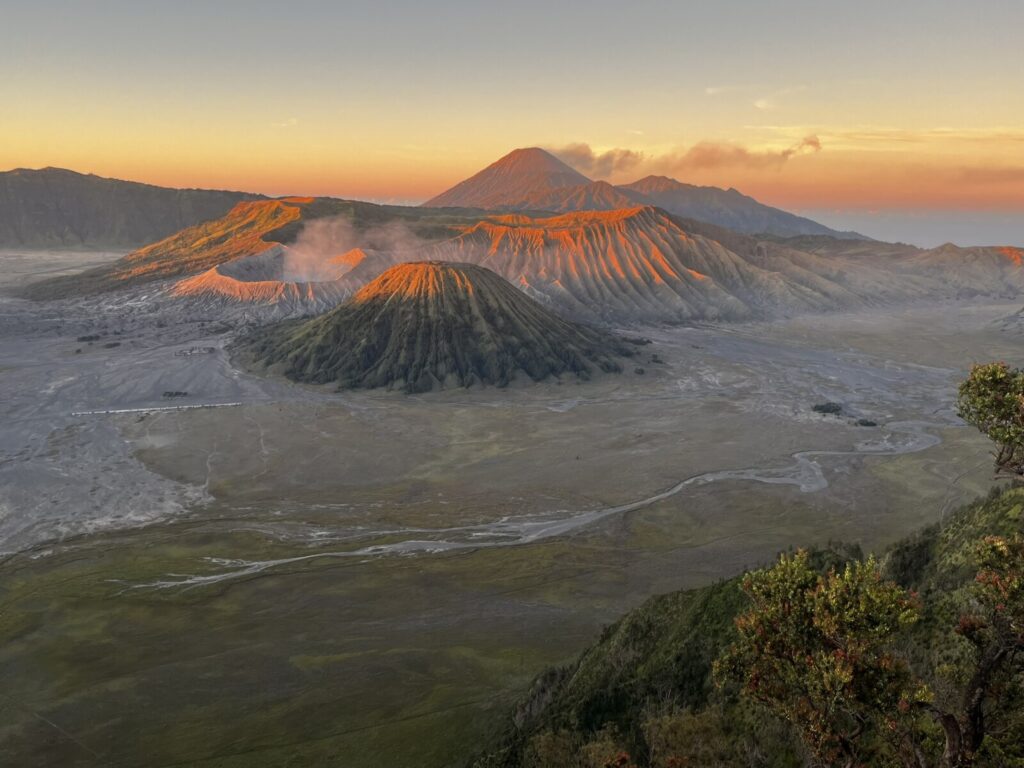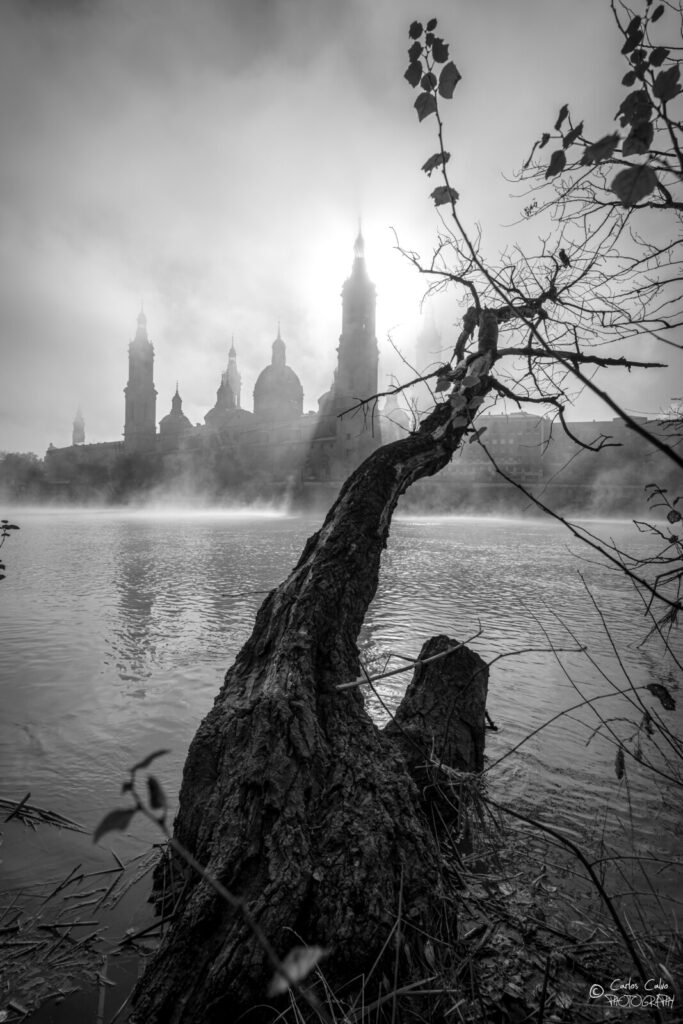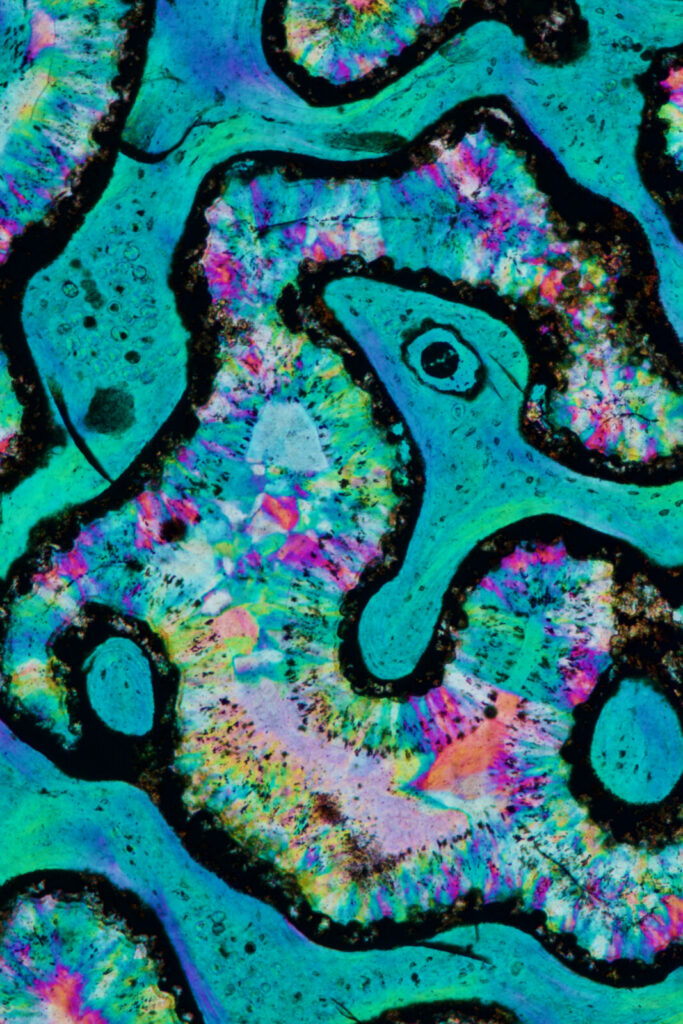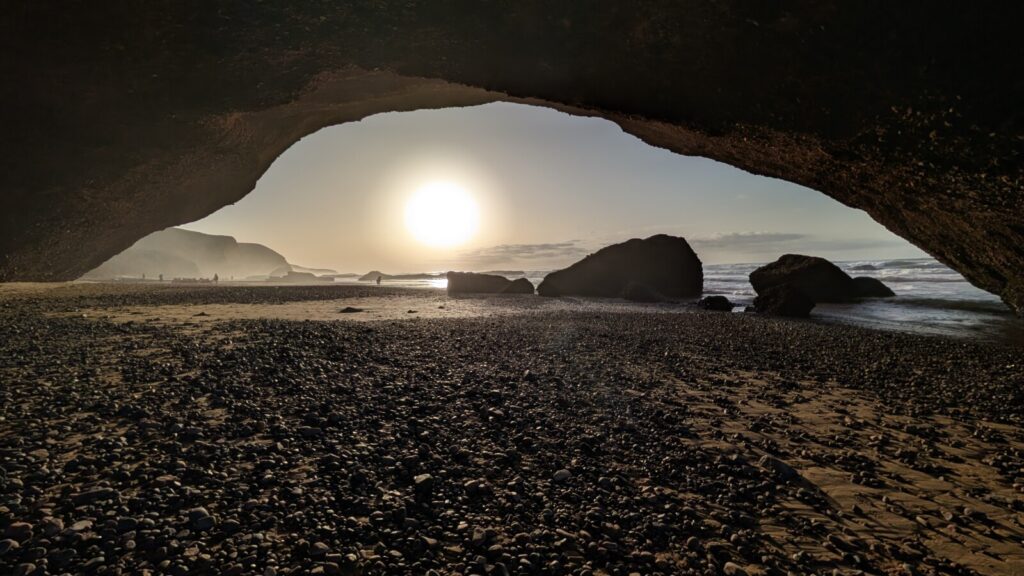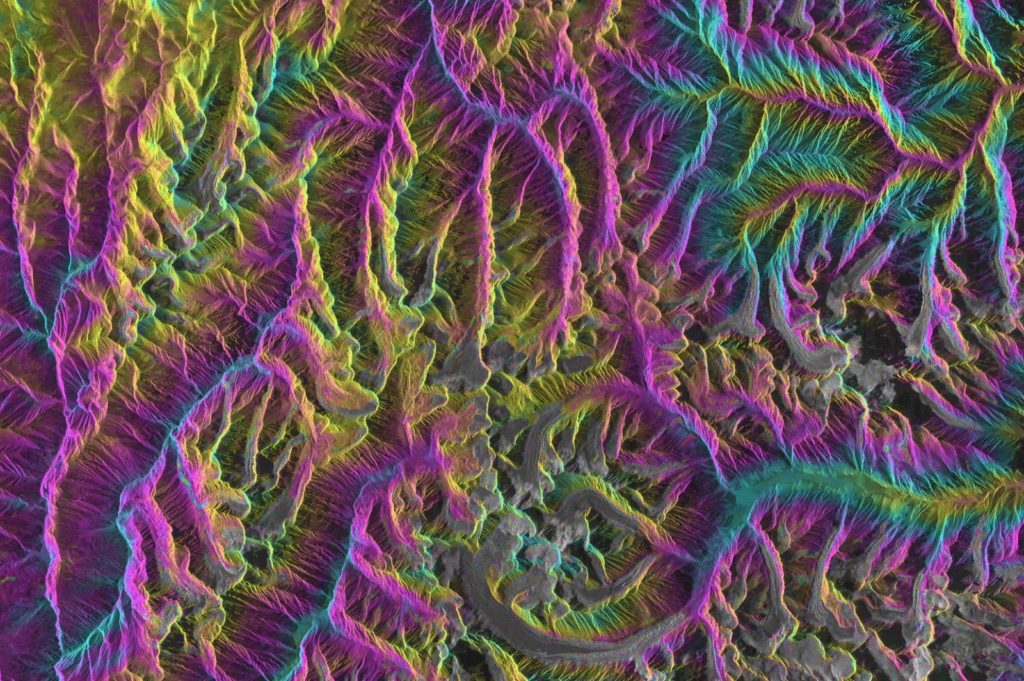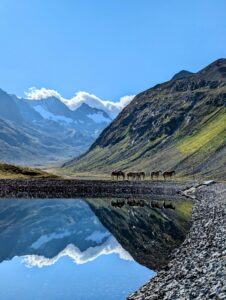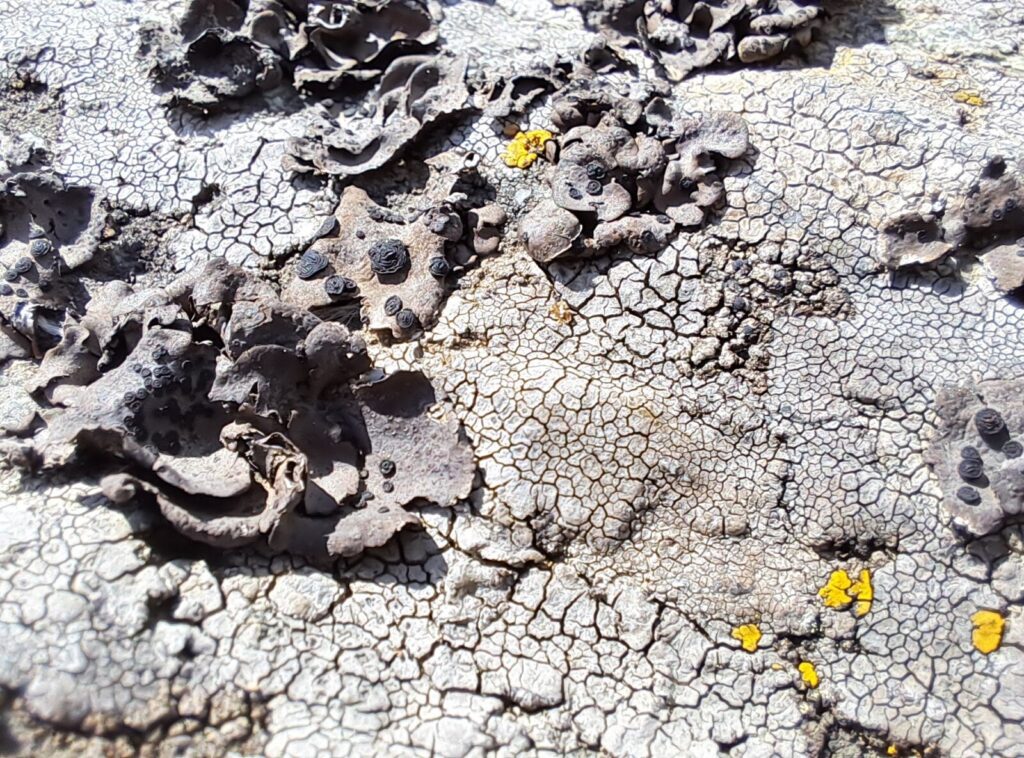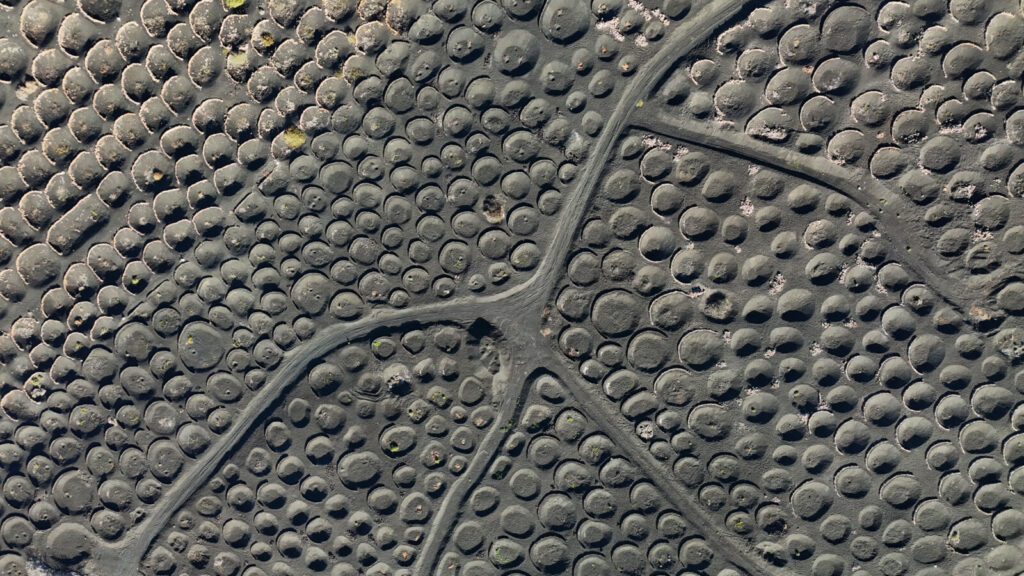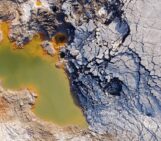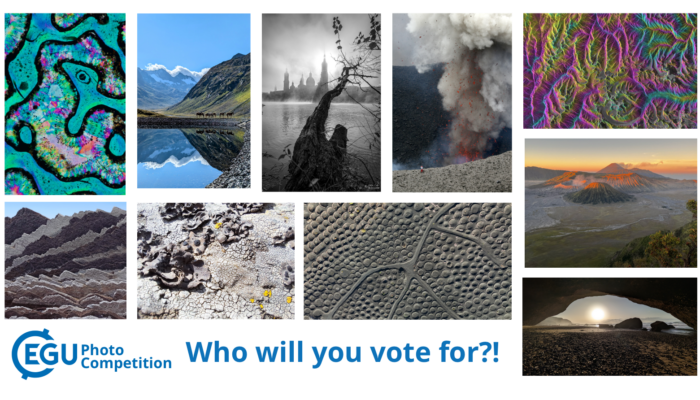
This year’s Photo Competition judging panel did a fantastic job of narrowing down the outstanding photo submissions to the EGU’s Photo Competition to just 10 finalists! The finalist photos are listed below and on the Imaggeo website where you can vote for them from Sunday 27 April until Thursday, 1 May 2025 – voting closes at 18:00 CEST.
The three photos with the most votes will be announced online at midday on Friday 2 May!
Our EGU25 Finalists:
(in alphabetical order of the photographer)
Stylized “mountains” of the Basque Coast by Maela Baldan
I saw this stylized “mountains” during a trekking at Itzurun Beach in Zumaia, Spain. Here, I was impressed by the vision of the Flysch, a characteristic geologic formation of the Basque Coast resulting from a phenomenon of plate tectonics and sea water interacting with natural sedimentation. This rock formation stands at the point on Earth where the Bay of Biscay and the Pyrenees mountains were created, around 110 million years ago. UNESCO and the International Union of Geological Sciences (IUGS) have recognised its international importance and its history can be read at Basque Coast Geopark site.
Volcanologist on the frontline by Stéphanie Barde-Cabusson
Mount Yasur (Vanuatu) in August 2008. A volcanologist peers over the edge of the main crater during a period of intense activity and witnesses a powerful explosion. Most of the projections, bombs, and ash fall back into the crater, but it is not uncommon to observe a stray bomb falling around it.
Sunrise on the Bromo and Semeru by Anna van den Broek
Early sunrise on the Bromo in the front, and the active Semeru in the back.
Radiation fog over the Ebro river by Carlos Calvo-Sancho
On Christmas Day, when a light mist covers the Ebro River, the Basilica del Pilar emerges from the mist like a sacred dream – silent, timeless and wrapped in the silent magic of winter’s grace.
The Snake in the Dinosaur Bone by Bernardo Cesare
Polarized light photomicrograph of a thin section of dinosaur bone collected in Utah, USA. The image shows a highly porous structure, with pores filled with late chalcedony, and the fossil remnants of the bone tissue, where black dots used to host a single bone cell. Width of view: 1,9 mm.
The structure of the bone mimics a snake ready to bite.
Through the arches in Morocco by M. Alejandra Gómez Correa
Natural arches are natural wonders typically found in coastal or desert areas. The natural erosion of rock creates them. Natural arches are often popular tourist attractions in Legzira, Morocco.
Among the Artefacts of Atmosphere by Gwendolyn Dasser
This image showcases both the power and beauty of Differential Interferometric Synthetic Aperture Radar (D-InSAR), as well as the challenges it faces in
measuring surface changes occurring in steep mountain areas (Uttarakhand, Indian Himalayas). Radar sensors mounted on satellites send microwaves to the ground, enabling the detection of ground displacements with subcentimetric accuracy. Among the beautiful phase gradient following the region’s elevation, this image features a multitude of detected mass movements. D-InSAR helps us study Earth’s surface deformation even in inaccessible areas. We benefit from this technology in investigating geophysical processes and natural hazards such as earthquakes, active volcanism, glacier dynamics, and landslides. Authors: Gwendolyn Dasser and Andrea Manconi. Image contains modified Copernicus Sentinel data 2020.
Memories from Ötztal Austria by Nirmal Kavindra Kularathne
Nature’s Colours in a Chilling Weather by Madhusudan Thapliyal
The picture was clicked at an elevation of 3557 m, at a mountain top known as the ‘Balpata’ located in the state of Uttarakhand, India. It shows cracked ground with some fungus, thriving in a cold environment. Perhaps, the spot was covered with snow some hours ago, just like the surrounding space (not visible in this picture).
Vineyards – Canary Island style by Thomas Wöhling
The prized vines of Lanzarote are grown under harsh conditions. Semi-circular stone walls around conic depressions provide shelters for a single grapevine plant and look like a close-up of elephant skin from above.

